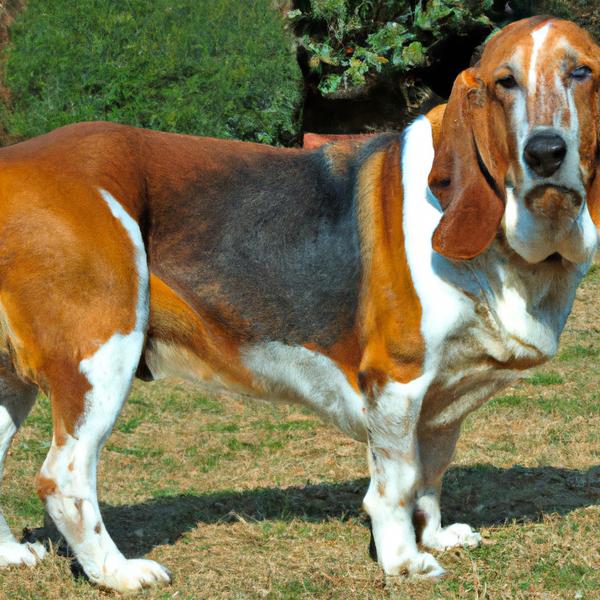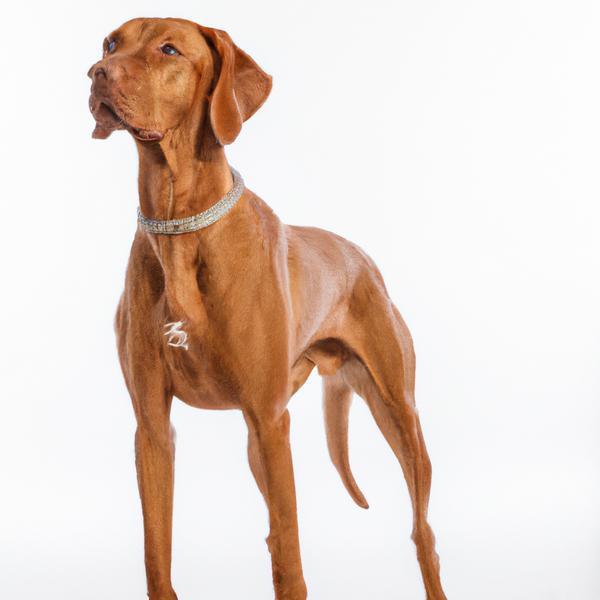Basset Foxhound vs. Vizsla Staff: Breed Differences and Similarities
Hypoallergenic
Are Basset Foxhounds or Vizsla Staffs hypoallergenic, or neither?
Unfortunately, neither Basset Foxhound nor Vizsla Staff are hypoallergenic, which may not make them the best choice for dog lovers who suffer from pet allergies.
Temperament
What are the personalities of Basset Foxhound and Vizsla Staff dogs?
Loving
Independent
Intelligent
Friendly
Affectionate
Loyal
Devoted
Gentle
Tempered
Kind
Sweet
Tenacious
Playful
Energetic
Protective
Courageous
Intelligent
Friendly
Affectionate
Loyal
Devoted
Lively
Gentle
Attentive
Tenacious
Trainable
Companionable
Cheerful
Quiet
Easygoing
Willing
Evenly Tempered
Shedding Level
Do Basset Foxhounds shed more than Vizsla Staffs, or which breed sheds more, Basset Foxhounds or Vizsla Staffs?
Basset Foxhound or Vizsla Staff dogs are low shedders. The coat sheds an average amount and doesn't require much care.
Ancestry
What are the origins of Basset Foxhound and Vizsla Staff breeds?
Foxhound and Basset Hound
American Staffordshire Terrier, Vizsla
Date of Birth
When were Basset Foxhound and Vizsla Staff breeds first developed?
Unknown
Eye Color Possibilites
What are the eye colors of Basset Foxhound and Vizsla Staff dogs?
Brown
Brown
Nose Color Possibilites
What are the natural nose colors of Basset Foxhound and Vizsla Staff?
Black
Black
Brown
Coat Color Possibilites
What are the natural colors of the coat for Basset Foxhound and Vizsla Staff breeds?
Fawn
White
Black
Black
Brown
Gray
Red
Cream
White
Pied
Brindle
Coat Length
What is the typical coat length for Basset Foxhound and Vizsla Staff breeds?
The coat of Basset Foxhound and Vizsla Staff dogs ranges in length from short to medium.
Coat Density
What is the density of the coat of Basset Foxhound and Vizsla Staff?
Coat Texture
What is the hair texture of Basset Foxhound and Vizsla Staff?
Straight
Litter Size
What is the usual litter size for Basset Foxhound and Vizsla Staff?
A Basset Foxhound can have a litter of 5-7 puppies on average. However, it's worth noting that the size of the litters can vary greatly. Factors that can influence litter size include the health of the mother, breeding history, and genetics.
A Vizsla Staff can have a litter of 6-8 puppies on average. However, it's worth noting that the size of the litters can vary greatly. Factors that can influence litter size include the health of the mother, breeding history, and genetics.
Adaptability
Basset Foxhounds are highly adaptable and versatile, making them excellent companions for families and individuals of all lifestyles.
Vizsla Staffs are known for their adaptability and can adjust well to different environments and lifestyle changes.
Health Issues
Between Basset Foxhound and Vizsla Staff, which breed is more prone to health problems?
Basset Foxhounds are susceptible to health issues like all breeds, so it's important to monitor their health and seek veterinary care when needed.
While the Vizsla Staff breed is generally healthy, occasional vet check-ups are still necessary to address any health concerns.
Major Concerns
What are the major health concerns for Basset Foxhound and Vizsla Staff breeds?
Osteochondrodysplasia
Epilepsy
Heart Conditions
Hypothyroidism
Tricuspid Valve Dysplasia
Progressive Retinal Atrophy (PRA)
Minor Concerns
What minor health issues should be kept in mind when owning Basset Foxhound and Vizsla Staff?
None
Patellar Luxation
Hip And Elbow Dysplasia
Occasional Tests
What occasional tests are recommended for Basset Foxhound and Vizsla Staff breeds?
X-Rays
MRI
CT Scan
Physical Examination
Complete Blood Test
Eye Examinations
Blood And Urine Analysis
Thyroid Testing
Full Body Physical Examination
Social Needs
Basset Foxhound vs Vizsla Staff social needs comparison
Basset Foxhound and Vizsla Staff have above average social needs compared to other breeds. They thrive in environments where they have a lot of interaction with humans and other dogs.
Sleeping Need
Which of the two sleeps the most/least: Basset Foxhound or Vizsla Staff?
Basset Foxhounds have moderate energy levels and typical sleep patterns of 12-14 hours per day.
Vizsla Staffs sleep less than other breeds but still need adequate sleep for good health.
Mouthiness
Mouthiness Comparison: Basset Foxhound vs Vizsla Staff?
Roaming urge
Basset Foxhound vs Labrador: Running away tendency?
Prey Drive
Basset Foxhound or Vizsla Staff - which breed has a higher level of prey drive?
Activity Level
Which breed has higher energy, Basset Foxhounds or Vizsla Staffs?
Basset Foxhounds are medium-energy dogs and typically enjoy socializing and playing casual or even sustained games of chase with other dogs. They may also have occasional periods of barking or racing around the house.
Vizsla Staffs are high-energy dogs. They need mental as well as physical exercise. These dogs require a lot of your involvement and without it they can, and will, become problematic dogs.
Tolerance of being left alone
Walks per Week
How many miles should Basset Foxhound or Vizsla Staff walk each week?
There's really no limit to how far you walk your dog as long as they're comfortable. For Basset Foxhound, it's at least 7 miles / week. Just remember to build distance and stamina gradually over time.
There's really no limit to how far you walk your dog as long as they're comfortable. For Vizsla Staff, it's at least 11 miles / week. Just remember to build distance and stamina gradually over time.
Activity per Day
Do Basset Foxhounds or Vizsla Staffs require more exercise?
In general most Basset Foxhounds usually need at least 30 minutes of exercise daily. This can be spread across the day and include all sorts of high-energy activities, like walking, running and playing.
In general most Vizsla Staffs usually need at least 60 minutes of exercise daily. This can be spread across the day and include all sorts of high-energy activities, like walking, running and playing.
Grooming
Which breed is easier to maintain in terms of grooming, Basset Foxhounds or Vizsla Staffs?
The Basset Foxhound has low grooming needs and is easy to maintain.
The Vizsla Staff is a low-maintenance breed that doesn't require much grooming.
Brushing Frequency
What is the recommended brushing frequency for Basset Foxhound and Vizsla Staff dogs?
Ideally, Basset Foxhound should be brushed at least 2 or 3 times a week (preferably daily) improve shedding.
Vizsla Staff should be brushed at least once a week. Of course you can give them more frequent brushes if you find that they are still shedding a lot
Brushing Tools
What brushing tools are used for Basset Foxhounds and Vizsla Staffs?
Slicker Brush
Comb
Hemostat
Nail Clipper
Slicker Brush
Comb
Nail Clipper
Cups
How much food should be given to Basset Foxhound or Vizsla Staff in cups?
Basset Foxhound and Vizsla Staff share the same recommended daily food intake of 3 cups, although the appropriate quantity may vary depending on the quality and nutritional content of their food.
Daily Cost
Which breed has a higher daily cost, Basset Foxhound or Vizsla Staff?
Basset Foxhound and Vizsla Staff have a similar average daily cost of around $1.70 - $2.00.
Monthly Cost
Which breed has a higher monthly cost, Basset Foxhound or Vizsla Staff?
When it comes to monthly expenses, both Basset Foxhound and Vizsla Staff have a similar average cost, ranging from $48 - $63. This results in an average yearly cost of around $576 - $756.
Sensitivity Level
How do Basset Foxhound and Vizsla Staff compare in sensitivity?
Basset Foxhounds have average emotions and adapt well to different situations.
This breed is sensitive and requires gentle handling and a calm home environment.
Apartment Friendly
Which breed is more apartment-friendly: Basset Foxhound or Vizsla Staff?
The Basset Foxhound is not suitable for apartments and requires a large yard to thrive. Pent-up energy in small spaces can lead to destructive behavior.
Vizsla Staffs can do well in apartments with enough exercise and time outside, but a small yard would be ideal.
Child Friendly
Do Basset Foxhounds or Vizsla Staffs have a friendlier temperament towards children?
Basset Foxhounds make excellent family pets for kids due to their gentle, protective nature and calm temperament.
Vizsla Staffs are good with kids if socialized and trained from a young age.
Senior-friendly
Which dog is more suitable as a pet for the elderly - Basset Foxhound or Vizsla Staff?
Cat Friendly
Do Basset Foxhound or Vizsla Staff breeds have a better compatibility with cats?
Basset Foxhounds are good with cats, but early training is needed to prevent chasing behavior.
Vizsla Staffs are somewhat cat friendly and can be trained to get along with cats.
Dog Friendly
Which breed is more sociable with other dogs: Basset Foxhound or Vizsla Staff?
Basset Foxhounds are generally very friendly towards other dogs, with a happy and affectionate temperament.
Vizsla Staffs are less friendly towards other dogs, but can improve with socialization.
Pet friendly
How do Basset Foxhound or Vizsla Staff dogs interact with other pets?
Stranger Friendly
Which breed is more friendly with strangers: Basset Foxhound or Vizsla Staff?
Basset Foxhound and Vizsla Staff are friendly dogs and typically won't bark at strangers. However, if you wish to change this behavior, training them is easy thanks to their intelligence, making it pretty simple to teach them anything.
Playfulness
Which breed is more playful between Basset Foxhound and Vizsla Staff?
Basset Foxhounds are a playful breed that needs daily playtime to be happy.
Vizsla Staffs are very playful, so adopting an older one might be a better option for a more relaxed experience.
Trainability
How do the trainability levels of Basset Foxhounds and Vizsla Staffs compare?
Basset Foxhound and Vizsla Staff dogs are known for their ease of training and ability to learn quickly, making them a popular choice for pet owners and trainers alike.
Compare Basset Foxhound with other breeds

Ibizan Hound
Basset Foxhound vs Ibizan Hound

Pug-A-Mo
Basset Foxhound vs Pug-A-Mo
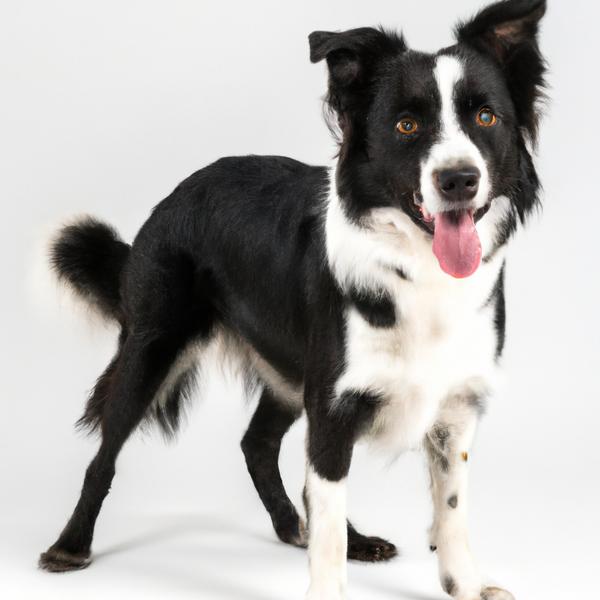
Border Point
Basset Foxhound vs Border Point
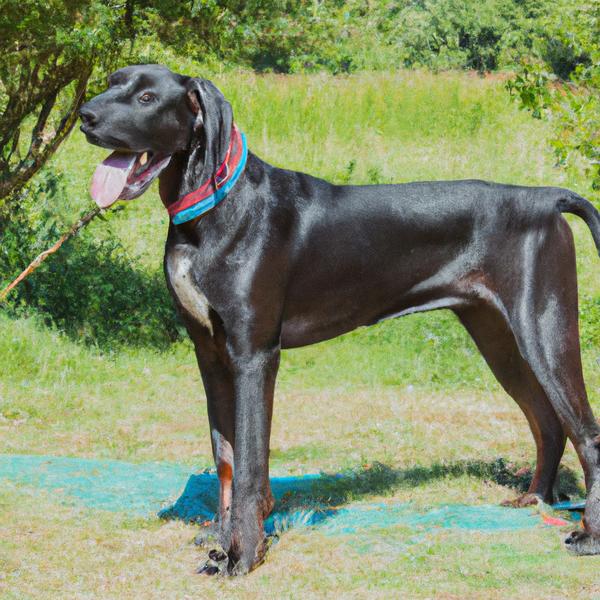
Bloodahouli
Basset Foxhound vs Bloodahouli
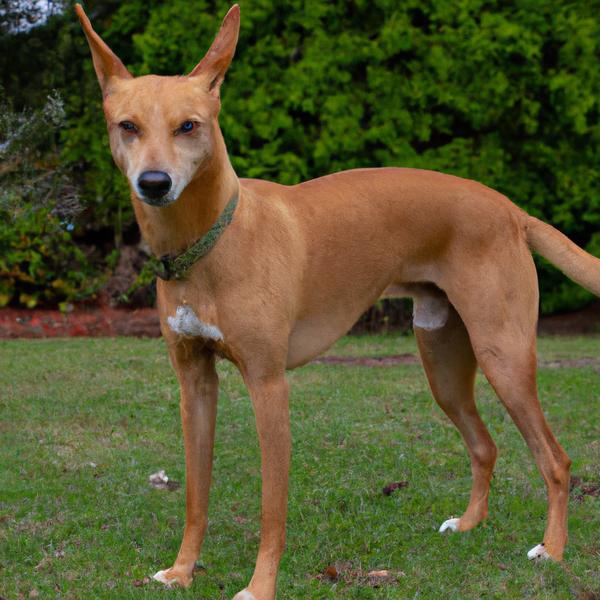
Smooth Foxton
Basset Foxhound vs Smooth Foxton
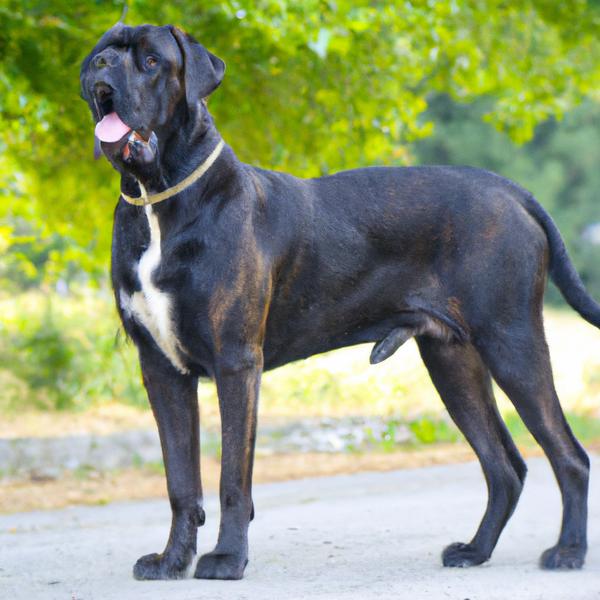
Weltador
Basset Foxhound vs Weltador

Pinweiler
Basset Foxhound vs Pinweiler
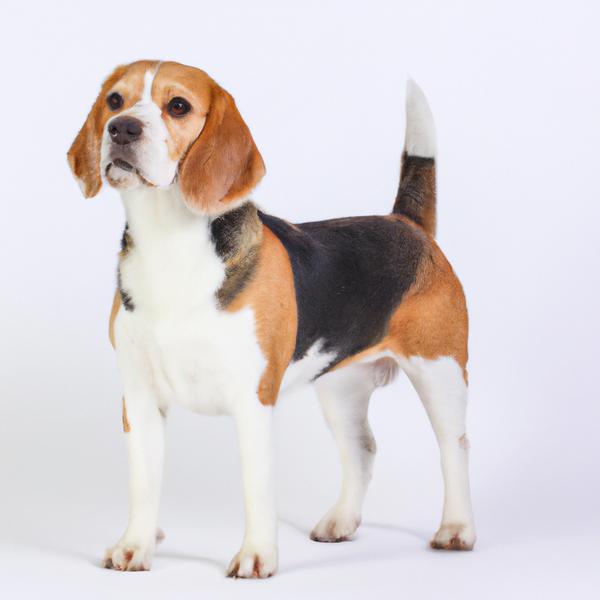
Shi-Beagle
Basset Foxhound vs Shi-Beagle
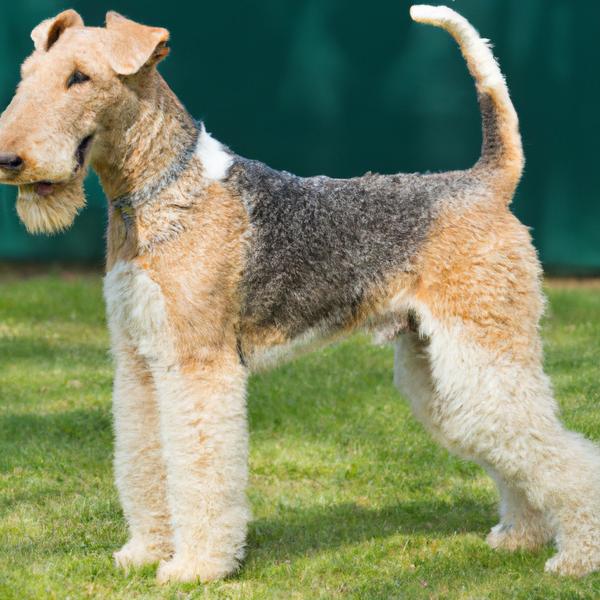
Welsh Wire Fox Terrier
Basset Foxhound vs Welsh Wire Fox Terrier
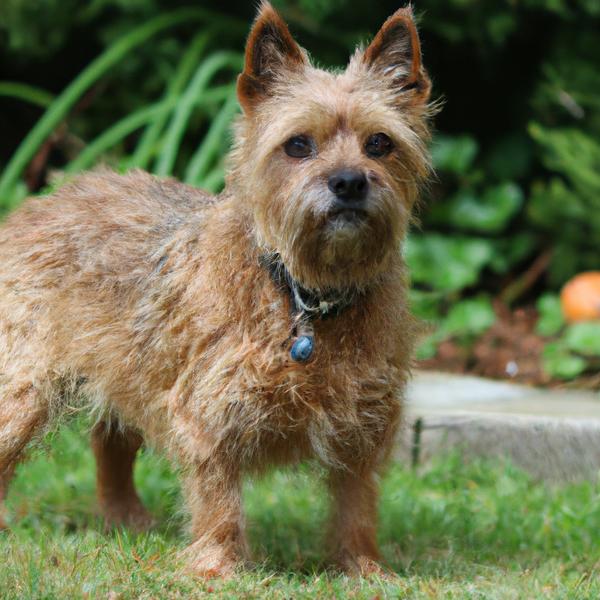
Norfolk Terrier
Basset Foxhound vs Norfolk Terrier

English Bulldog Terrier
Basset Foxhound vs English Bulldog Terrier
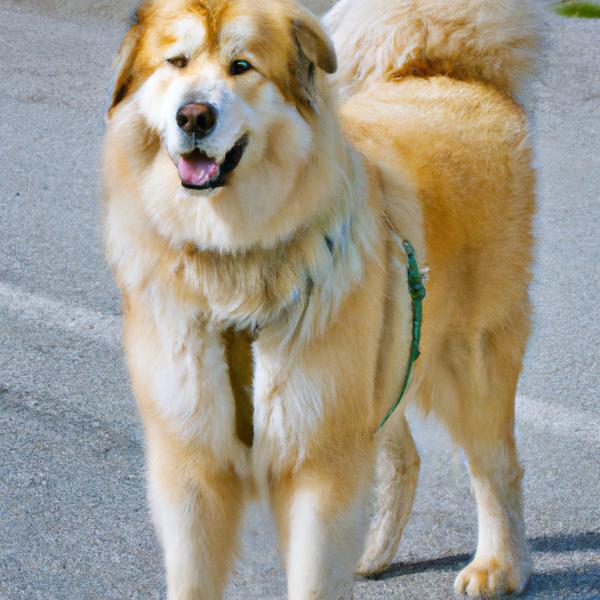
Alaskan Goldenmute
Basset Foxhound vs Alaskan Goldenmute
